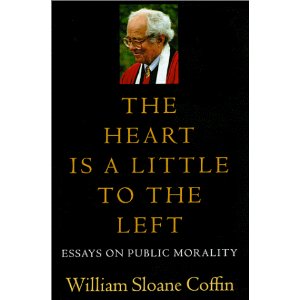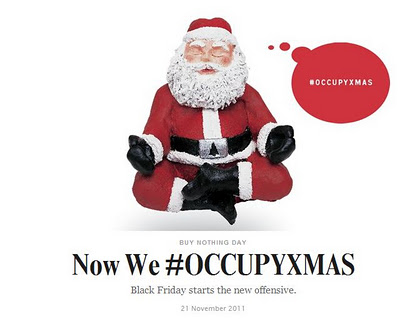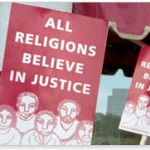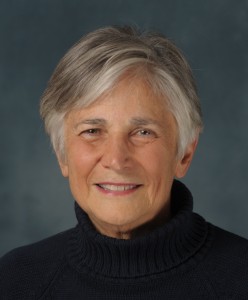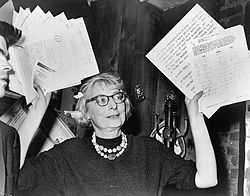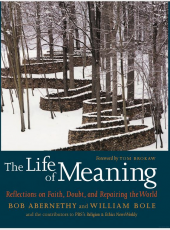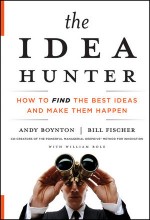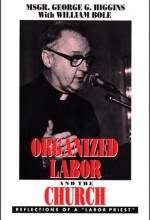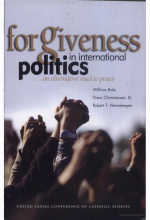Some recent news from Birmingham, Alabama, made me think, What is it about black kids that makes some people want to spray them violently?
NPR’s All Things Considered reported that police assigned to inner-city schools there have been pepper-spraying high school students who get a little out of hand. The prototype for the story was a 17-year-old girl who, one day last winter, was crying in the hallway because some boys had been calling her names. An officer arrived, told her to calm down and handcuffed her—not the surest way to ease distress. And then, “I got maced. My eyes was burning. My face was burning. Like, I couldn’t breathe. And then like, afterwards, I threw up,” she told NPR. This girl was pregnant at the time.
You’d think Birmingham would be especially wary of using weaponry on African American schoolchildren.
In May 1963 the city attracted world attention when thousands of Negro children flooded its downtown to march with Martin Luther King Jr., in nonviolent demonstrations for civil rights. Police attacked with clubs and dogs and—infamously—high-powered fire hoses that slammed the little ones across the pavement. But the spraying didn’t stop the marching. “In Birmingham, the Negro principal of Parker High School desperately locked the gates from the outside to preserve a semblance of order, but students trampled the chain-link fence to join the demonstrations,” Taylor Branch wrote in his magnificent trilogy America in the King Years.
In Place of Hoses
Today, students who face the Birmingham police at their schools are not exactly practicing civil disobedience. They’re usually engaging in routine misbehavior like cursing, talking too loudly, and violating dress codes by wearing, for example, baggy pants.
In other words, they’re doing the kinds of things that might normally earn a trip to the principal’s office. But at certain high schools in Birmingham, they’re being punished not just with detention but also with chemical weapons. The incidents—reportedly more than 100 of them over the past five years—have taken place primarily at a handful of city high schools with predominantly African American student populations.
President George W. Bush spoke of the “soft racism” of low expectations. He was speaking of academic standards in inner-city schools, but just how low are the expectations of those who feel that the disciplinary toolkit in those schools must include inflammatory agents?
Some students are resisting once again. The Southern Poverty Law Center has filed a federal lawsuit on behalf of seven Birmingham students who have been sprayed, alleging that the city’s school system and police department have “created a police state” within the schools. Black students are also speaking up in places like the Washington, D.C., area, where—according to a Washington Post analysis—they are up to five times more likely than white students to be suspended. Lawyers for the Birmingham students say they could find no other school district in the United States where students are being repeatedly punished with mace.
That they are fighting an apparent injustice would be unsurprising to King, whose birthday we observe this coming Monday. “Many children took it upon themselves to participate in demonstrations even in defiance of their parents and school officials,” writes theological ethicist Rufus Burrow in his handy volume Martin Luther King Jr. for Armchair Theologians, referring to the Civil Rights era. “Such behavior only confirmed for King that children not only had a major stake in the struggle against racial injustice but also had a strong awareness of what was going on. They wanted to participate and would do so in defiance of any adults.”
In the Birmingham of 2012, the adults include African American school administrators: they’ve invited the police into the schools to help keep order. That makes this case less than black and white, morally speaking. Still, it is hard to picture unruly white students in suburban districts being routinely shot with canisters of mace. It’s hard to see this clash entirely apart from the narrative of racial inequity in America, apart from the unfinished work of what King often described as “the beloved community.” …read more
